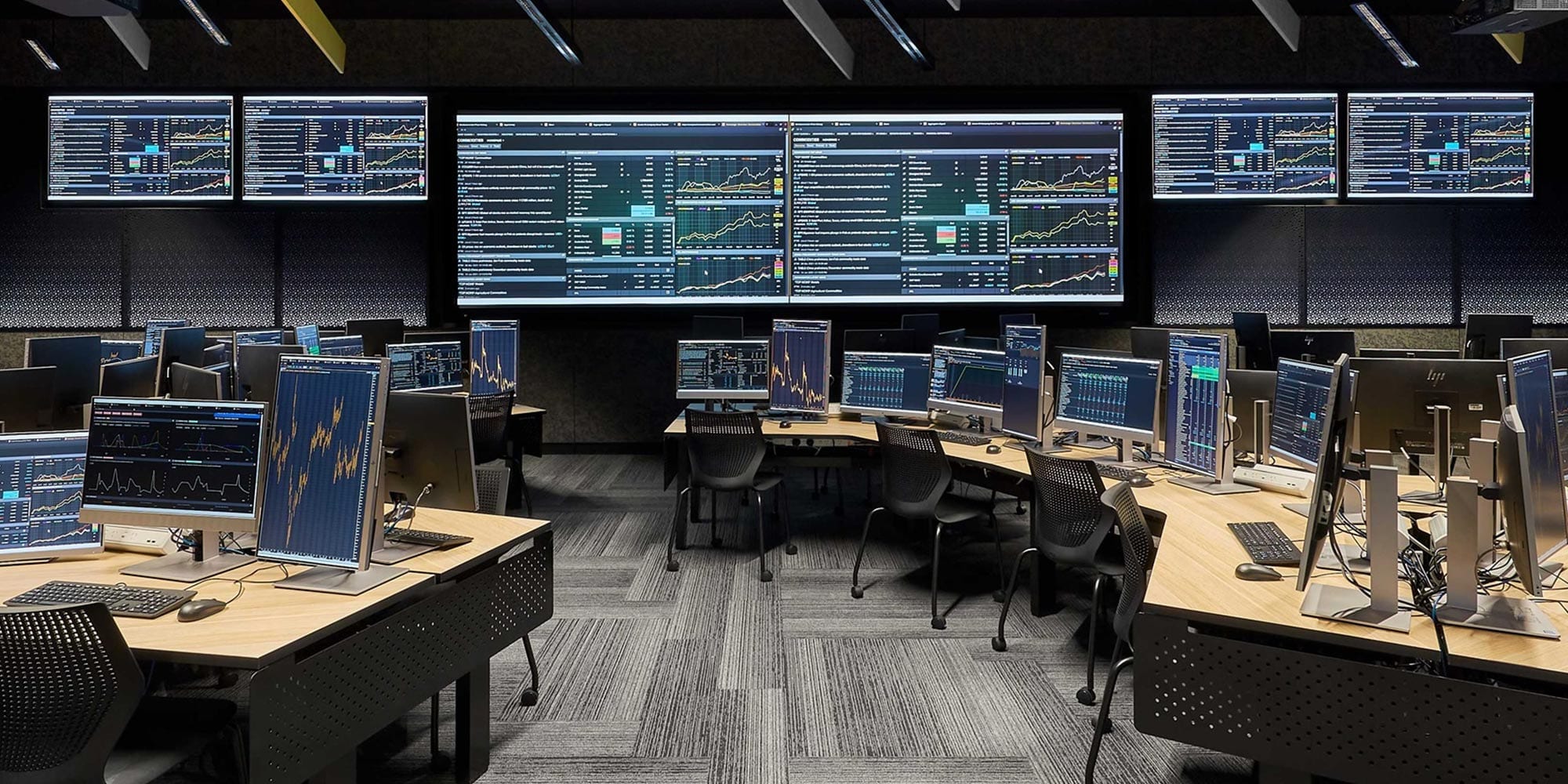
When working with complex devices such as the S&P 500 futures, the business of markets can be both thrilling and frightening. Paper trading is one of the best ways for novices, which is to achieve the correct meaning of markets without risking real money.
This guide will help you start your journey to become a confident futures merchant. If you are thinking about how to start paper trading and want to focus on S&P 500 futures.
Understanding S&P 500 Futures
Before jumping into paper trading, it’s important to understand what you’re trading.
What Are S&P 500 Futures?
The contracts known as the S&P 500 futures are bets on the future value of the S&P 500 index, which tracks the performance of 500 large-caps American corporations. These futures are some of the most fluid and frequent contracts globally, and they trading on the Chicago Mercantile Exchange (CME). Among the three main categories:
- Promotion for standard S&P 500 (SP).
- Futures for E-Mune S&P 500 (ES).
- S&P 500 Futures Micro E-Mune (MES).
- Micro e-minis, which contains low risk and requires low capital, usually where beginners begin.
Why Start with Paper Trading?
Many novice traders make expensive mistakes when they jump into real-related trading very soon. Paper trading is the first step for the following reasons:
1. Learn Without using real money, paper trading lets you mimic the trades in real market conditions. Without taking any financial risk, it enables you to test strategies, understand market behavior and learn how prices run.
2. Encouraging self-confidence Emotional trade or decision paralysis are common problems for novice traders. When you practice on a fake account, you get confidence and become more disciplined and less impulsive when you do live business.
3. Strategies Paper Trading S&P 500 futures allow you to fully test your trading strategy under various market conditions before investing at risk.
Step-by-Step: How to Start Paper Trading S&P 500 Futures
Let's now go to the specifics of paper trading, with emphasis on S&P 500 futures.
Step 1: Choose a Reputable Futures Broker
Look for a brokerage that provides the following:
- S&P 500 futures access, especially micro e -minis.
- A realistic demo account or paper trading.
- An easy-to-use trading platform.
- Assistance for resources and education Ninjatrader, Interactive Brokers, and TD Americans (Thinkersvim) are famous brokers.
Paper trading with real -time data is available on all these platforms.
Step 2: Set Up Your Paper Trading Account
After selecting your broker:
- Create a demo account.
- Select your initial capital by guessing what you will use in the actual account.
- Get acquainted with the user interface of the platform.
Make sure you have access to S&P 500 futures in your account so that you can repeat the exact type of trading that you intend to do in real life.
Step 3: Learn the Contract Specifications
The S&P 500 futures contract has all kinds of unique features. For example: Micro E-MES: The $ 5 per index point is under control.
- Reduced requirements for margin. The $ 50 per index point is controlled by E-Mune (ES).
- Ideal for traders in the middle. The $ 250 per index point is controlled by the standard S&P 500 futures (SP).
- The scale of an institution. Learn the contract you want to practice with tick size, trading hours, margin requirements and expiration dates.
Step 4: Practice Placing Trades
Start by practicing basic order types:
- Order in the market Restricted order.
- Order to stop loss Beneficial objective.
Try both long (buy) and short (selling) positions to know how profit and loss are affected by changes in value.
Step 5: Simulate a Trading Plan
Create a simple trading strategy that includes entry and exit guidelines.
- Risk ratio for risk Size of posts.
- The best time of day to trade.
For at least 30 to 60 days, test the scheme in your paper trading account how reliable and successful your approach is.
What to Track While Paper Trading
Ordering is only one aspect of paper trading. All this is about education. Maintain a trading log and monitor:
- Entry and exit prices.
- The motive behind joining business.
- Results and lessons discovered.
- Emotional response to market changes.
The value of your paper trading experience will increase with the level of your discipline in business analysis.
When to Move from Paper Trading to Live Trading
This infection should not be hurry. Think about going live with paper trades only after a stable success of 1-2 months.
- You know how to manage risk effectively.
- You have installed a trading schedule.
- You are emotionally prepared to deal with real ups and downs in your finances.
To reduce the risk of your risk, start small even when you go live, perhaps with Micro E-Mini S&P 500 futures.
Common Mistakes to Avoid
Even though paper trading is financially safe, negative habits can still develop. be careful of:
- Overtrading: Handle your demo account as it was real money.
- To ignore risk: Even in a fake account, always use stop-loss.
- To be overconfident: The performance of a strategy in the demo account does not guarantee that it will be the same in real -world settings.
Conclusion: A Smart Start to Futures Trading
Knowing how to start paper trading, if you are serious about understanding how markets are operated, especially when dealing with refined devices such as S&P 500 futures. A safe, educational and calculation route in the futures market, paper trading helps you develop your abilities and self-obsession. You are mimicking real trades, monitoring your results, and constantly learning like an expert by improving your strategy.
Thus, start the S&P 500 futures trade on paper by selecting your broker. It can serve as the foundation stone of a rich trading career.
